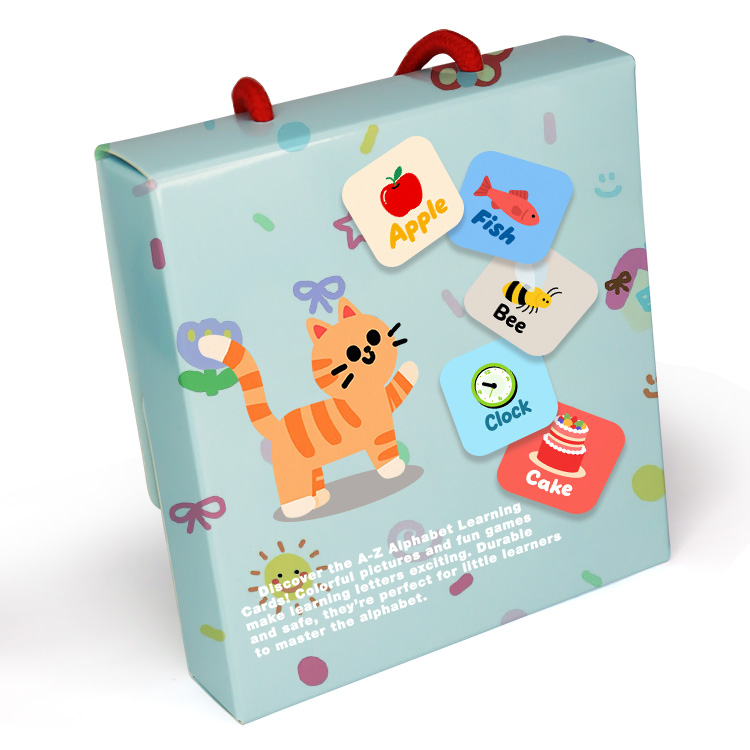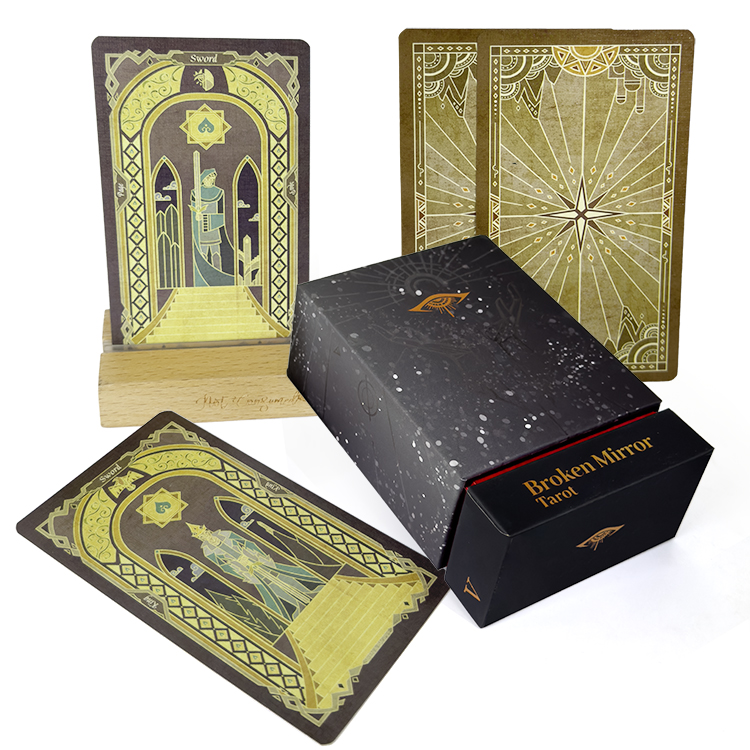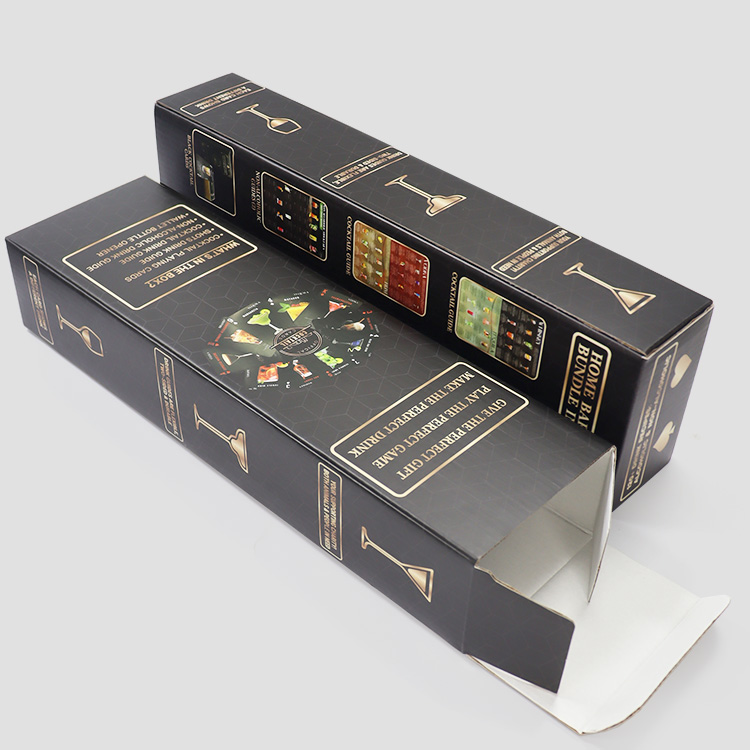How to Choose the Right Paper Box Material for Your Product? Comprehensive Analysis of Thickness and Hardness
Choosing the right paper box material is crucial for product packaging, as it affects durability, aesthetics, and cost. With various options available—such as cardboard, corrugated fiberboard, and art paper—selecting the best material depends on factors like product weight, protection needs, and branding requirements.
This guide provides a comprehensive analysis of paper box thickness and hardness, helping businesses make informed decisions for their packaging needs.
- 1. Understanding Paper Box Materials
- A. Cardboard (Paperboard)
- B. Corrugated Fiberboard (Fluted Cardboard)
- C. Chipboard (Grayboard)
- D. Kraft Paper
- 2. How Thickness Affects Performance
- 3. Hardness and Durability Factors
- A. Rigidity (Bending Resistance)
- B. Compression Strength
- C. Impact Resistance
- 4. How to Choose the Best Material for Your Product?
- Conclusion
1. Understanding Paper Box Materials
Before selecting a material, it's essential to know the common types used in packaging:
A. Cardboard (Paperboard)
-
Thickness: 0.25mm – 1.5mm
-
Hardness: Medium (rigid but not crush-proof)
-
Best for: Cosmetic boxes, food packaging, retail boxes
-
Pros: Lightweight, printable, cost-effective
-
Cons: Not suitable for heavy items
B. Corrugated Fiberboard (Fluted Cardboard)
-
Thickness: 1.5mm – 10mm (varies based on flute size)
-
Hardness: High (excellent shock absorption)
-
Best for: Shipping boxes, electronics, fragile items
-
Pros: Durable, lightweight, customizable
-
Cons: Less premium look compared to solid cardboard
C. Chipboard (Grayboard)
-
Thickness: 1mm – 3mm
-
Hardness: Medium to high (sturdy but not flexible)
-
Best for: Book covers, rigid gift boxes
-
Pros: Eco-friendly, strong structure
-
Cons: Limited printability
D. Kraft Paper
-
Thickness: 0.1mm – 0.5mm
-
Hardness: Low (flexible and foldable)
-
Best for: Eco-friendly packaging, mailing envelopes
-
Pros: Recyclable, rustic aesthetic
-
Cons: Less protective for heavy products
-

2. How Thickness Affects Performance
The thickness (measured in GSM – grams per square meter or microns) determines durability:
Material Thickness Range Ideal Use Case Thin (150-300 GSM) 0.15mm – 0.3mm Lightweight retail boxes (e.g., cosmetics) Medium (300-500 GSM) 0.3mm – 0.5mm Gift boxes, electronics packaging Thick (500-1000+ GSM) 0.5mm – 1mm+ Luxury packaging, heavy-duty shipping Key Considerations:
-
Heavier products require thicker materials (e.g., corrugated board for shipping).
-
Luxury brands may opt for thick, rigid paperboard for a premium feel.
-
Cost efficiency: Thicker materials increase production costs.
-

3. Hardness and Durability Factors
Hardness depends on material composition and structure:
A. Rigidity (Bending Resistance)
-
High rigidity: Chipboard, thick cardboard (best for structured boxes).
-
Low rigidity: Kraft paper (better for flexible packaging).
B. Compression Strength
-
Corrugated board excels in stacking strength (ideal for shipping).
-
Solid bleached sulfate (SBS) board offers a balance between stiffness and print quality.
C. Impact Resistance
-
Fluted corrugation provides cushioning for fragile items.
-
Double-walled cardboard enhances protection for heavy goods.
-

4. How to Choose the Best Material for Your Product?
Follow these steps:
-
Assess Product Weight & Fragility
-
Light items (e.g., jewelry, cosmetics) → Cardboard (300-400 GSM)
-
Heavy/fragile items (e.g., electronics, glass) → Corrugated board (E or B flute)
-
-
Consider Branding Needs
-
High-end products → Thick, coated paperboard (500+ GSM)
-
Eco-friendly brands → Kraft paper or recycled cardboard
-
-
Evaluate Shipping Conditions
-
Long-distance shipping → Corrugated with cushioning
-
Retail display → Sleek, printed paperboard
-
-
Budget Constraints
-
Low-cost options → Standard cardboard or single-wall corrugated
-
Premium packaging → Rigid box with special finishes (foil stamping, embossing)
-

Conclusion
Selecting the right paper box material involves balancing thickness, hardness, cost, and branding needs. By understanding the differences between cardboard, corrugated, chipboard, and kraft paper, businesses can optimize packaging for protection, aesthetics, and sustainability.
For best results, consult with a custom packaging supplier to test materials before mass production.
-
-
-
-

Your Legacy, Forged in Gold: The Enduring Power of Gold-Foiled Playing Cards in Corporate Branding

Affirmations in Action: How Affirmation Cards Provide Immediate Support for Life's Challenging Moments

2026 Trends in Custom Playing Cards: What Businesses Should Know

The Tarot Social: Transform Your Gatherings with Interactive Tarot Card Experiences

The Art of Tarot: Exploring the Aesthetics and Symbolism Behind Timeless Tarot Cards
About customized services
Can I customize the design of my cards?
Absolutely! We offer full customization options, from card design and size to finishes and packaging. Our design team is ready to collaborate with you to create the perfect look.
Do you offer samples?
Yes! We can provide samples of our card materials and finishes. Please contact us to request samples relevant to your project.
About price and payment
What are the payment terms?
We require a 30% deposit upon order confirmation and the balance before shipment.
About product selection
Is there a design template I can use?
Yes, we provide design templates for different card types. You can download them from our website or request them directly from our team.
What types of playing cards do you offer?
We offer a wide range of playing cards including standard decks, custom-designed decks, and specialty cards. Whether you need classic poker cards, bridge cards, or custom promotional decks, we have the options to fit your needs.





WE’D LOVE TO 
FROM YOU
Please send us your inquiry details; our team will contact you ASAP.
20+ years of experience in custom playing cards, game cards, tarot cards, flashcards, and board games, as well as paper and paperboard box manufacturing.


bbilaser
sq_AL